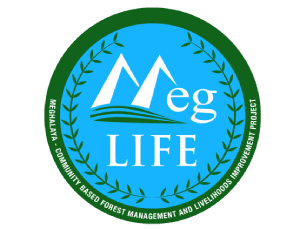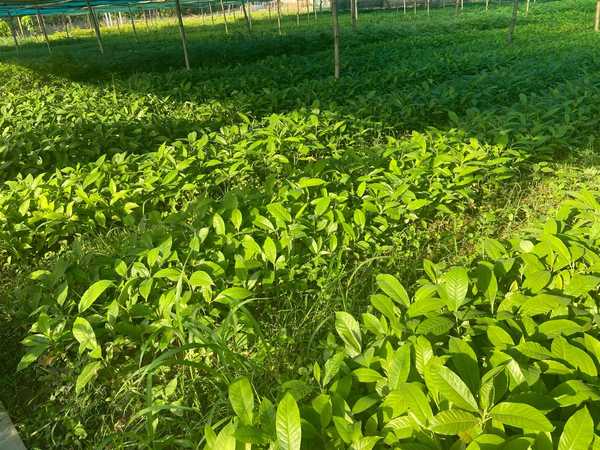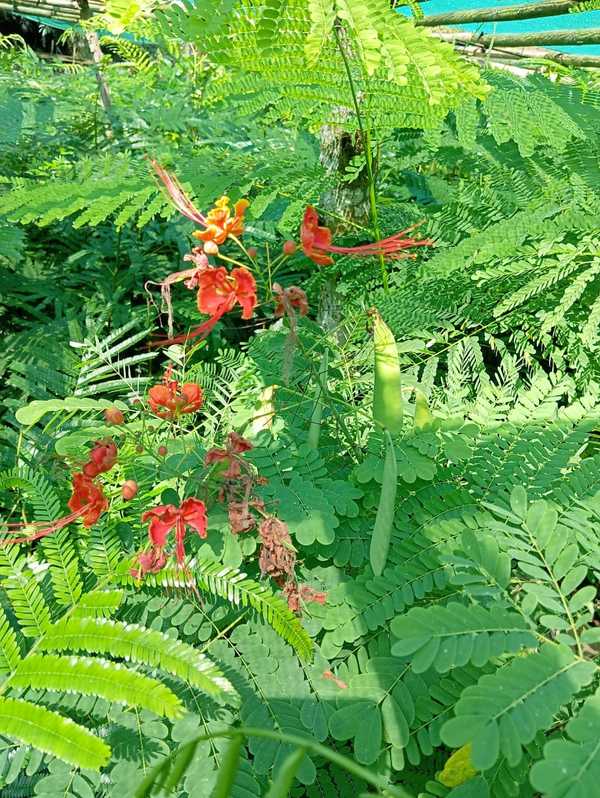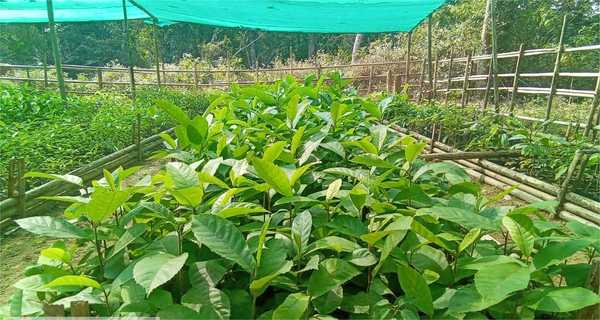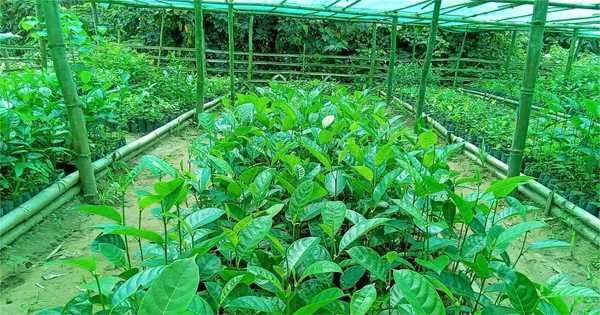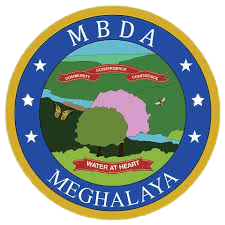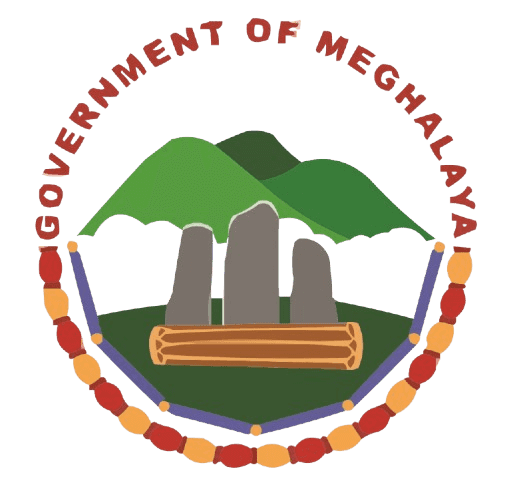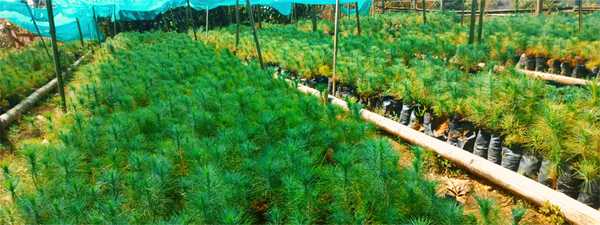
(New permanent forestry nurseries have been established to fulfill the need for seedlings necessary for the aforementioned forest restoration or afforestation efforts through ANR and AR.)
To meet demands for seedlings required for the implementation of forest restoration or afforestation through ANR and AR, new permanent forestry nurseries are created under the management of the ADCs, and existing permanent nurseries managed by FED are improved. According to the policy of using quality planting materials (QPM) by FED, seedlings with a certain quality are produced at permanent nurseries managed by FED or the ADCs to ensure a high survival rate and vigorous growth of seedlings after being planted in the field. However, because procuring all necessary seedlings for the plantations from permanent nurseries and transporting them to all plantation sites is challenging, community nurseries are established near plantation sites in suitable areas.
Creation of Permanent Nurseries
Out of three ADCs in the state, only Jaintia Hills ADC has a permanent nursery. Based on the proposal of the ADCs and the necessity of producing seedlings for the implementation of ANR and AR in forests registered as VRF or CF to the ADCs, permanent nurseries are established under the ADCs.
Land availability and conditions of candidate sites are examined based on accessibility to roads, permanent water supply, proper drainage with a gentle slope, supply of suitable soil materials, and low possibility of flooding.
The specifications of the permanent nurseries include permanent nursery beds, manure mixing space, frames, shade for protection of seedlings from frost in winter and direct sunlight in warm areas, and fencing. These specifications correspond to the guidelines indicated in the Cost Norms for Creation and Maintenance of Plantations & Nurseries 2018-2019 prepared by FED and adopted by the Forest Department of the ADCs.
At newly constructed permanent nurseries under the ADCs, seedlings are produced by the staff of the Forest Department of each ADC. In the case of Khasi Hills ADC and Garo Hills ADC, which do not yet have any nurseries, FED provides technical support when necessary.
Improvement of Existing Nurseries
Seedlings required for the implementation of ANR and AR on JFM target areas are produced mainly at nurseries managed by FED. There are currently four permanent nurseries (central nurseries) in three divisions, two high-tech nurseries (HTNs) in East Garo Hills District and Ri-Bhoi District, 29 range-level nurseries, and seven beat-level nurseries. To meet increasing seedling demands for ANR and AR, some existing nurseries are improved by installing new facilities, including a mist chamber, vermicompost, and sprinklers.
A tentative target is the improvement of 15 nurseries in seven Division Forest Offices, meaning that two to three existing nurseries are upgraded in each division. DFOs choose candidate nurseries for improvement and make decisions in consultation with FED Headquarters.
In the improved nurseries, Range Officers are mainly responsible for seedling production under the supervision of the DFO.
Creation of Community Nurseries
Community nurseries are established to supplement the shortfall of seedlings produced at nurseries managed by the ADCs or FED. The location of community nurseries is decided based on accessibility to roads, permanent water supply, proper drainage with a gentle slope, supply of suitable soil materials, and low possibility of flooding. Communities decide on locations in consultation with forest officials of the ADCs or FED.
The specifications of a community nursery include temporary nursery beds, manure mixing space, sheds, mother beds, and fencing. Community nurseries are established by community members, especially members of committees responsible for forest vegetation restoration, such as JFMC and VRC, with technical support from forest officials of the ADCs or FED.
Seedling production at community nurseries is also carried out by community members with technical support from forest officials of the ADCs or FED.
